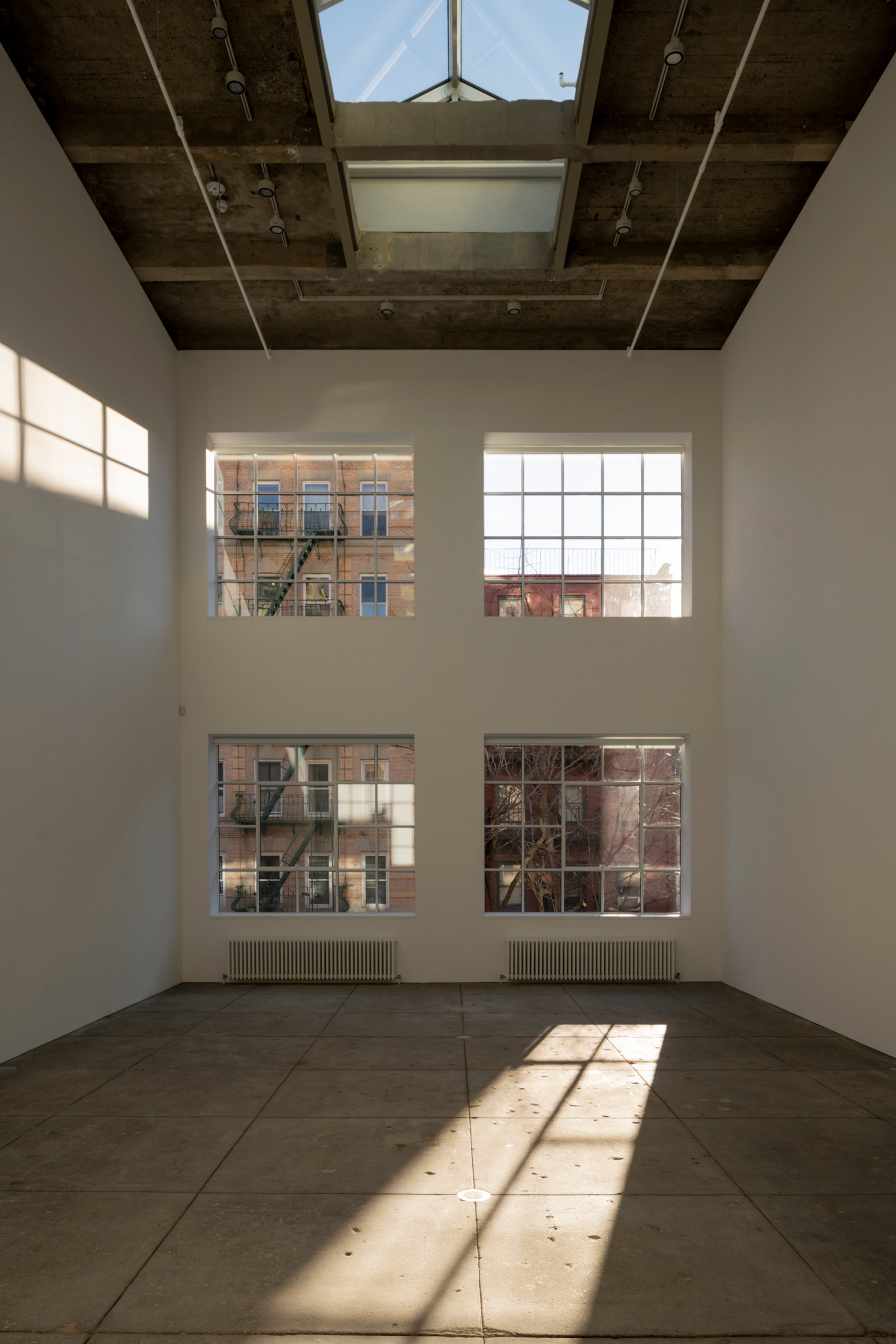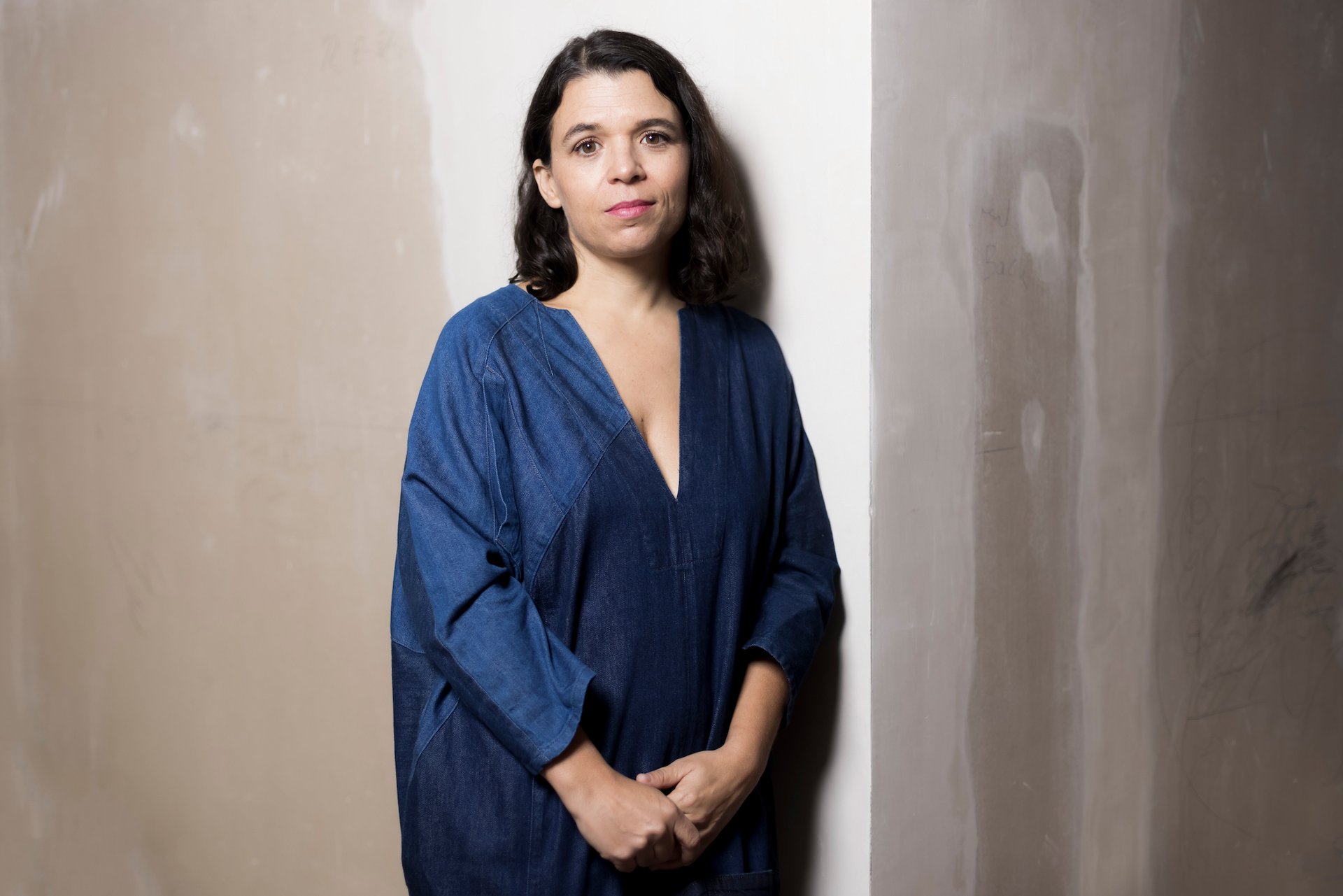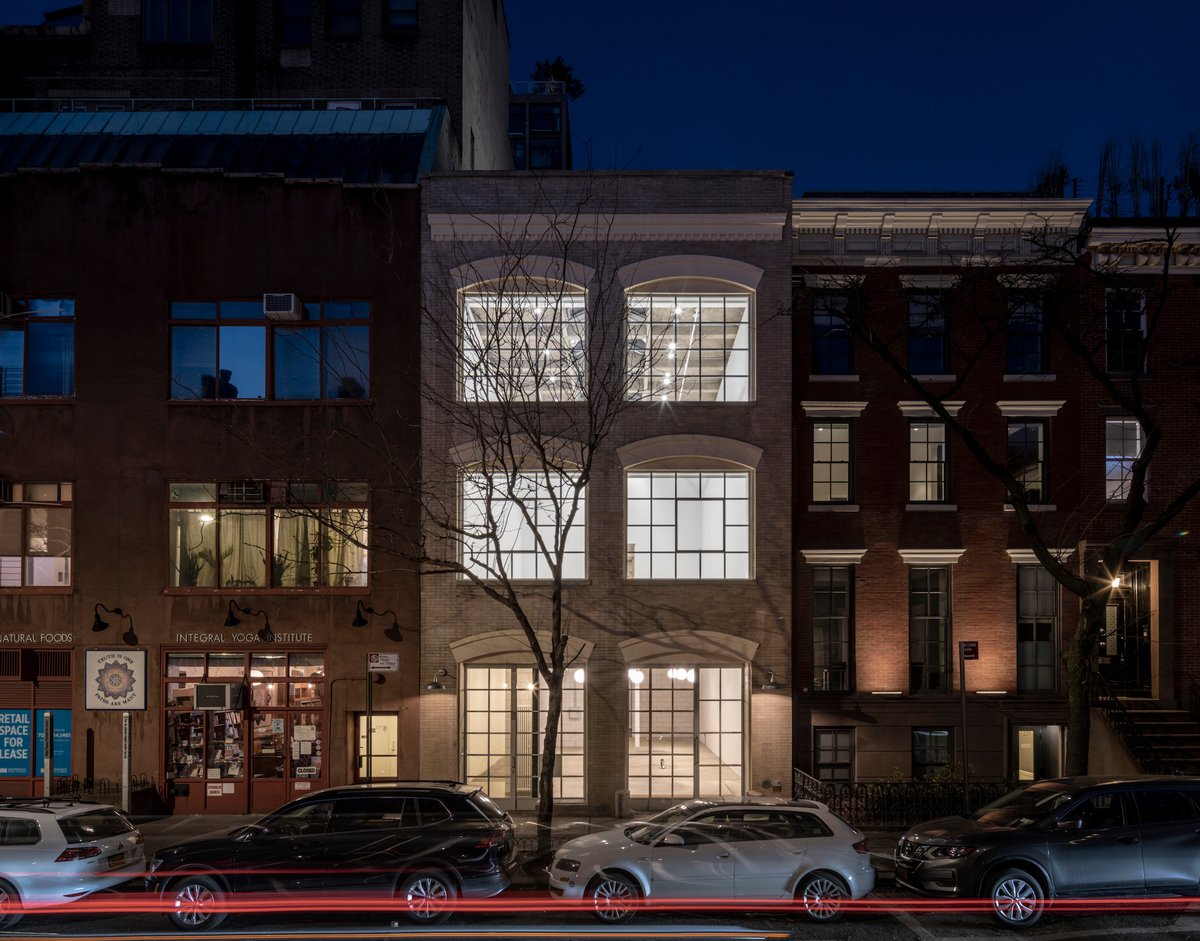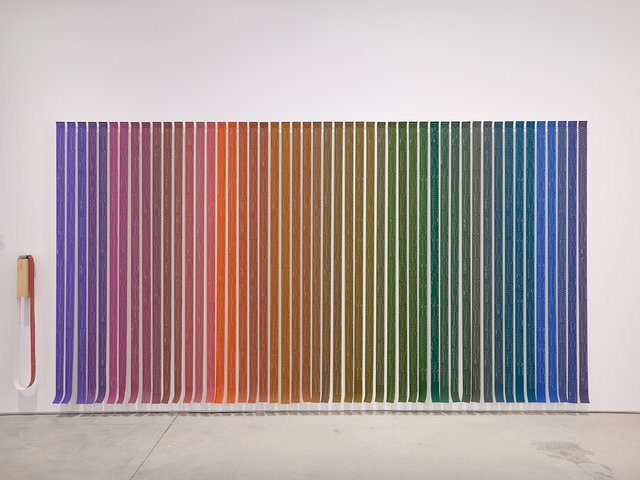In an art world ever more in thrall to financial returns, a new organisation that declares itself “not tethered to commercial success” is bound to garner attention. The institution in question, a non-profit art space, research centre and publisher called CARA (the Center for Art, Research and Alliances) will open in New York in June, in a former playing card factory on West 13th Street in the West Village.
CARA’s chair and founder, Jane Hait, is no neophyte. Her commercial gallery, Wallspace, which she co-founded with Janine Foeller in 2003 in Chelsea, was a buoyant concern for many of its 12 years. “We really tried,” she says. “But we also learnt how the increasing tyranny of the cost of space can dictate programmatic decisions—or you have to close.” Choosing the bust over compromise, Hait has since been dedicating her time and, presumably, her money (she is the step-daughter of Howard Marks, the billionaire writer and investor) to developing a less exclusionary platform where artists, curators and other art workers who have historically not benefitted from support and amplification will be considered on equal terms.
“As a not-for-profit publisher, for example, we are guided in what we choose to publish solely by what we feel would benefit the artists and the world by existing,” she says. A book currently in production focuses on the work of Michael Richards, a Jamaican-born artist who died in the 9/11 attacks (his studio was in the World Trade Center’s north tower) and whose work has been largely overlooked since.

The interior of CARA’s building at 225 West 13th Street in Manhattan Photo by Michael Vahrenwald, courtesy CARA
Hait bought the 8,000 sq. ft building—constructed in 1909 and located across the street from the LGBT Community Center—five years ago, and entrusted its renovation to the London-based architects 6a. The firm had come to her attention through the London gallerist Sadie Coles, with whom she shared the artist Sharon Ebner while running Wallspace, as well as their deft reconfiguration of two 18th century Huguenot houses into the non-profit London space Raven Row (a project Hait clearly admires.)
“Jane is super smart and dynamic,” says Tom Emerson, one half of 6a with his work and life partner Stephanie Macdonald. “And the strong political ambitions of CARA were clear from the beginning, so we have designed it with that in mind. It is intentionally loose and flexible, porous and public, hard-wearing and robust.” It is also the firm’s first project in the US, but anyone who has seen their work at the South London Gallery, where they turned an old fire station into new exhibition space, will recognise a tendency to leave as much of the existing building as visible as possible. “It’s quite raw,” says Emerson.
CARA’s remit has been developed slowly and against a backdrop of change. “Racial uprising, a global pandemic and institutional reckonings have imprinted themselves on our organisational DNA,” says Hait. In June 2021, she hired Manuela Moscoso, the 42-year-old Ecuadorean curator of the 2021 Liverpool Biennial, to be CARA’s executive director. “We want to have romances with many people, to be polyamorous,” says Moscoso of the organisation’s intent to spread its embrace beyond its own walls and create new art world alliances.

CARA’s inaugural executive director Manuela Moscoso Photo by Victoria Tomaschko
Having worked in a variety of countries including Brazil, Mexico, Spain and the UK, Moscoso says that, “Living in these different places, you develop many different ideas of what an institution can be, but in the end it’s always about the collective effort. And about the conditions of working—not just who you invite in, but where you invite them to.” Moscoso often talks about notions of care and co-dependency and makes frequent references to the idea that “there is not one world, but many worlds, and not one knowledge, but many”.
CARA (yes, the name is intentionally warm) will not open with a dazzling party, but a series of four public-access “festivals”, taking place from June to September. Guest curators include the music producer Lamin Fofana and the artist Sky Hopinka, who works across writing and film. After that, Hait and Moscoso hope the public will be primed to flow through the building’s exhibition spaces and ground floor book shop. A number of research fellows will be inducted in September. Come autumn, the gallery will host South African artist and composer Neo Muyanga’s first US solo show. The development department will also be upping its fundraising, as the non-profit relies on private philanthropy and foundation support.
“New York’s status as a cultural capital depends on the health and well-being of its creative communities, and yet there is a precariousness to the lives of so many artists and cultural workers,” says Hait. It’s utopian but laudable that CARA wants to change that.




